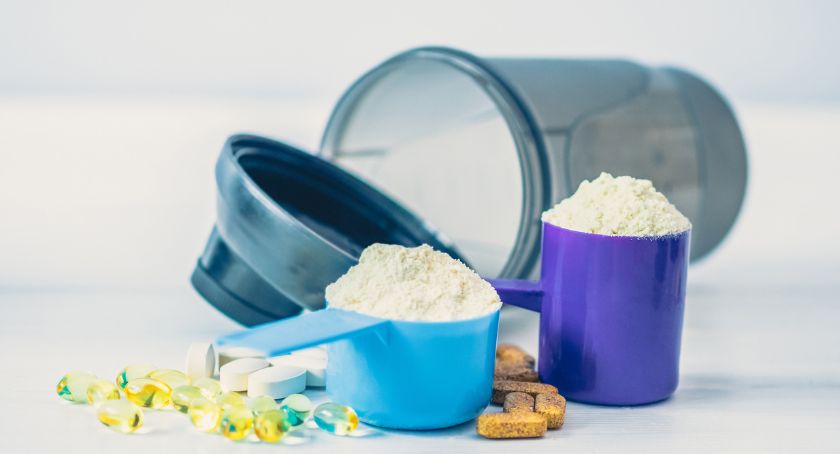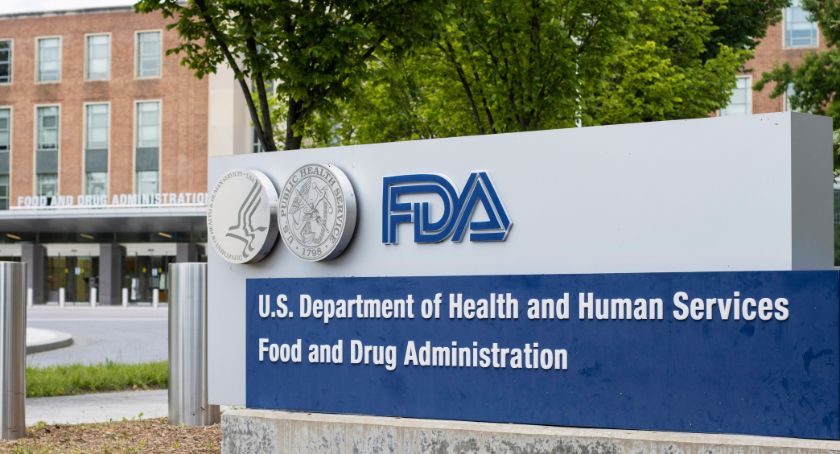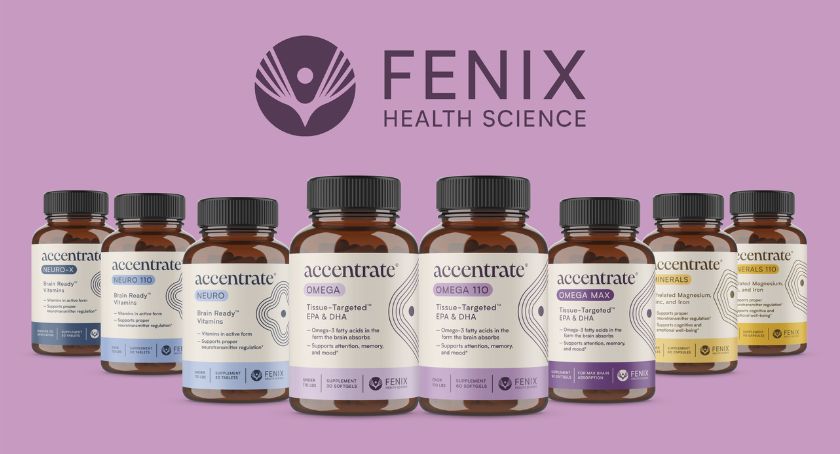
By: Mike Montemarano

After seeing historically low sales growth of 1.9% CAGR in 2022, the dietary supplements market has been experiencing a recovery driven by strong performances in sports nutrition, biotics, meal replacements, condition-specific formulas, and more.
At SupplySide West, industry analysts reviewed supplement shoppers’ attitudes and priorities, as well as the top-performing product attributes of finished products.
CRN Unveils Topline Findings of Ipsos Consumer Survey
Lynda Doyle, president and CEO of Avant Nutrition, unveiled some of the top-level findings from a Council for Responsible Nutrition (CRN)-commissioned survey conducted on over 3,000 consumers by Ipsos.
Supplement usage remains stable compared to the past several years, with 75% of U.S. adults reporting that they use dietary supplements. Of those who report taking supplements, 74% take them every day, while 26% take supplements periodically — on an occasional or seasonal basis.
The top motivators that users cited for taking supplements were overall health and wellness (42%), immune health (30%), and energy (27%).
There have been spikes in the usage of magnesium (23% of all supplement users), ashwagandha (from 2% to 8% in 2024) and prebiotics (from 3% to 7% in 2024). Some of the top specialty supplements include melatonin (16%) and probiotics (14%).
Today, 45% of supplement-users take sports nutrition products, and there’s a growing focus on hydration and protein supplements. While there’s some overlap, 27% of users also reported that they’re taking weight management products, with protein being a top ingredient.
Green tea was the most popular herbal supplement this year, and its usage is especially high among younger adults.
A majority (69%) of consumers told Ipsos/CRN that they value a personalized supplement regimen, and both younger adults and minority groups are especially interested in supplements tailored to their precise needs.
Consumers now spend an average of $50 per month on supplements, up from $48 in 2023, but this is likely due to inflation, Doyle said. Consumers who said they’re focused on weight management were among the biggest spenders, spending on average $100 per month on supplements.
Consumers reported strong levels of trust and confidence in supplements, with 94% of users expressing confidence in the safety and quality of their products. Regular users are more likely to express brand loyalty (71%).
More than half (56%) of supplement consumers said that they use subscription services so that they don’t run out of their products. Nearly all (93%) of shoppers buy their supplements from mass retailers like Walmart and CVS, while 23% said they buy their products online.
Forty-one percent of supplement users take supplements backed by a doctor’s advice and 58% consult their primary care physician before taking a supplement.
Adults who don’t take supplements often say they don’t need them (41%), while cost was also a strong factor (27%) cited. Black and Hispanic users were more likely than others to consider supplements as essential to their health.
Gen Z Buys In
Gen Z is quickly adopting dietary supplementation, said Nutrition Business Journal (NBJ) analysts Bill Giebler and Erika Craft. Over half (56%) of Gen Z respondents told NBJ they started using dietary supplements within the last one or two years.
But many people of all ages using supplements today are recent adopters, with 38% of supplement users stating they started one or two years ago.
On an optimistic note for the industry, Gen Z shoppers trust dietary supplements more strongly than older consumers, with 35% of Gen Z respondents indicating that they trust the industry strongly and 80% indicating that they trust the industry on some level.
Overall Market Performance
Giebler and Craft said the market is on track to reach a projected $67 billion by the end of 2024, growing at a projected 4.9% CAGR.
In year-to-date sales, vitamins represented 27.8% of all sales with +1.7% growth, followed by specialty ingredients (20.4%, +6.5%), herbs and botanicals (19.6%, +5.4%), sports nutrition (15.6%, +8%), and meal replacements (10.5%, +5.5%).
NBJ’s sports nutrition category, which includes protein, BCAAs, creatine, pre-workouts, and more, saw a slowdown in 2022, but still outpaced the industry at large, Giebler noted.
Specialty ingredients, which include collagen, probiotics, omega-3s, and other ingredients, are strongly outperforming the industry thanks to a growing focus on condition-specific innovations, he said.
While probiotics have had difficulty maintaining strong growth, the “biotics” category has been benefiting from strong performances by prebiotics and synbiotics, which continued to outpace the industry over the past year, Giebler said.
Both the herbs/botanicals and minerals markets are currently being carried by one or two ingredients, with ashwagandha and mushrooms strongly outperforming other established herbal and botanical ingredients, growing at 11% and 12%, respectively. Meanwhile, magnesium has 41.9% of the mineral market share, and is projected to reach a CAGR of 8.8% by year’s end.
Natural and specialty sales channels, “the birthplace of this industry,” are continuing to lose market share to mass market and e-commerce, and, for the first time, were eclipsed in sales by mass market, noted Giebler. Mass market had 26.7% of the supplement market share, growing at 5.4%, while the natural/specialty channel had a market share of 26% and only grew 2% this year. E-commerce had 23% of the market share, growing 9.8% in sales over the past year.
Top-Ranking Health Conditions
Products positioned for fitness and energy had the greatest market share in 2024 (18.2%), followed by general health (17.7%), weight management (10.6%), cold/flu/immunity (7.4%), gastrointestinal health (5.7%), and heart health (5.3%) according to Giebler and Craft.
In terms of sales growth, the health condition categories which experienced the biggest increases were brain health (+7.7%), menopause (+7.6%), healthy aging (+7.4%), mood and mental health (+7.3%), fitness and energy (+6.8%), sexual health (+6.7%), and weight management (+6.3%).
In terms of broader themes, consumers have been fixated on optimization, Giebler said. They’re not just filling in nutrient gaps, but looking for peak performance in fitness, cognition, and other outcomes. They’re looking at markers of healthy aging which are centered around performance rather than prevention.
The influence of GLP-1 agonist drugs like Ozempic, and their use for weight management purposes, remains palpable, Craft noted. Weight management products have been in a slump since the pandemic, but the category is now growing at an estimated 6.3% CAGR. Many consumers are entering this market as GLP-1 agonist drug users, and growth of weight management is being driven by GLP-1 agonist drug companion products taken before, during, and after the use of the medication.
Delivery Formats
Non-pill dietary supplement formats (chewables, effervescents, gummies, liquids, lozenges, powders, etc.) now have 65% of the dietary supplements market share, after first eclipsing pill formats in sales in 2019. Gummies (25.1% of market share) and powders (17%) were the top two formats, with softgels coming in at number three (13.1%).
Non-pill formats resonate most with younger consumers, while older consumers who have been taking supplements for a long time prefer the tried-and-true tablets and capsules, said Giebler.
Functional Foods and Beverages
In 2024, it’s projected that functional foods and beverages will reach a market size of $96.83 billion, outperforming dietary supplements in growth by reaching a CAGR of 5.1%.
Broadly, consumers are looking for a more “food-forward experience,” and food and beverage shoppers told NBJ they’re looking for high-protein (33%), low-sugar (32%), nutrient-dense (27%) foods with healthy fats (25%), plant-based ingredients (16), and low carbs (15%).
Reaching Consumers Through Personalization
Sarah Burden, vice president of sales at contract research organization Radicle Science, discussed how advances in precision analytics can help with the formulation of more personalized products.
Often, “average is the enemy of excellence,” said Burden. The average outcomes sought out in clinical research, and the generic solutions created as a result, tend to fail most people. Breaking data down from larger, more diverse clinical studies into more meaningful patterns, via subgroup analysis, will usher in a new generation of products that will provide greater efficacy to a select group of people.
“The more tailored we can make a product, the more beneficial it will be to the target consumer, resulting in a greater return on investment,” Burden said. She noted that specialization is already happening in leading categories, such as multivitamins, where gender- and age-specific formulations, often with added ingredients to address specific conditions, are proliferating.
It will become standard practice in dietary supplement development to, at baseline, consider factors like menstrual cycles, lifestyle, age, health status, and more. “It’s not solely about fairness, but also about advancing overall public health through specialized solutions,” Burden said.
In addition to providing greater accessibility for a more diverse range of participants, large-scale remote clinical studies offer valuable insights from real-world environmental and behavioral conditions, which are fully eliminated in conventional studies. “There’s no more hyper-control of sleep, diet, access to caffeine and alcohol, and other outcomes that are expected in the real world,” said Burden, and “large, multidimensional data sets can include more demographic and behavioral factors, opening up the possibility to use machine learning or AI for precision insights.”
Unmet Consumer Needs
Len Monheit, CEO at Industry Transparency Center (ITC), discussed results of a survey investigating some of the biggest unmet health needs of nutraceutical consumers.
In the survey, consumers discussed which types of health challenges they were contending with, which of these they’re currently taking nutritional products for, and which conditions they’re willing to try nutritional products for.
The largest addressable gaps (the number of people experiencing health challenges but aren’t taking products for them) were anxiety or stress, joint/other pain, lack of energy, sleep issues, and skin health. In each of these gaps, many people who weren’t currently taking a supplement to manage these health conditions expressed a strong willingness to try them.
While conditions like high blood pressure and high cholesterol weren’t reported by as large a portion of the survey participants, these conditions had some of the largest proportional gaps of the same kind.




















